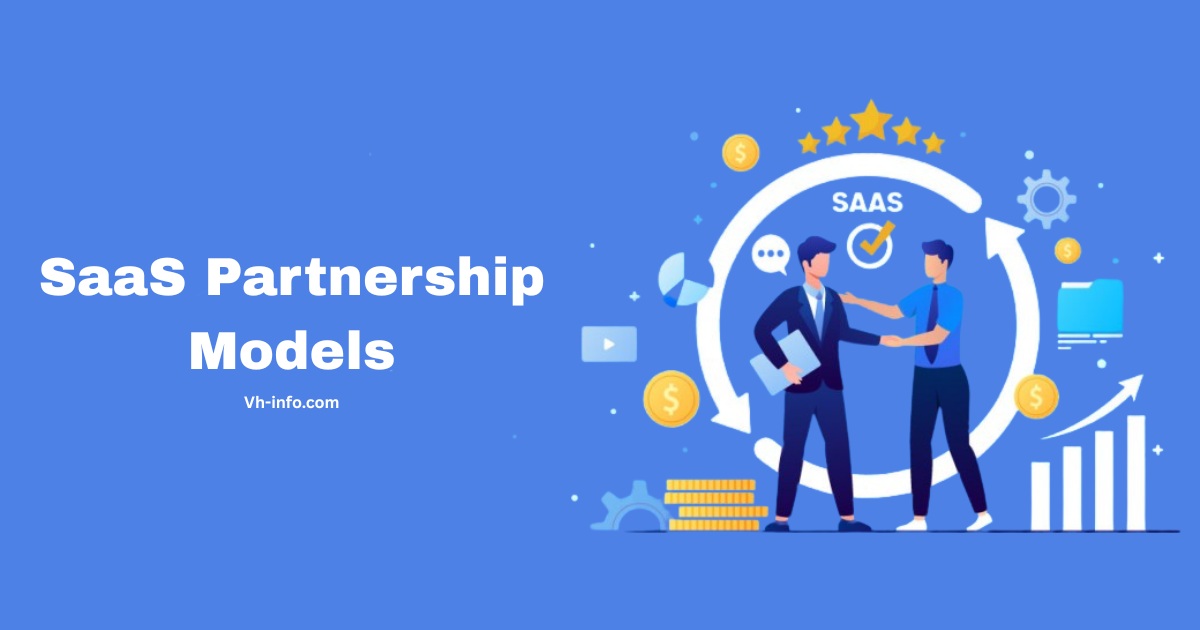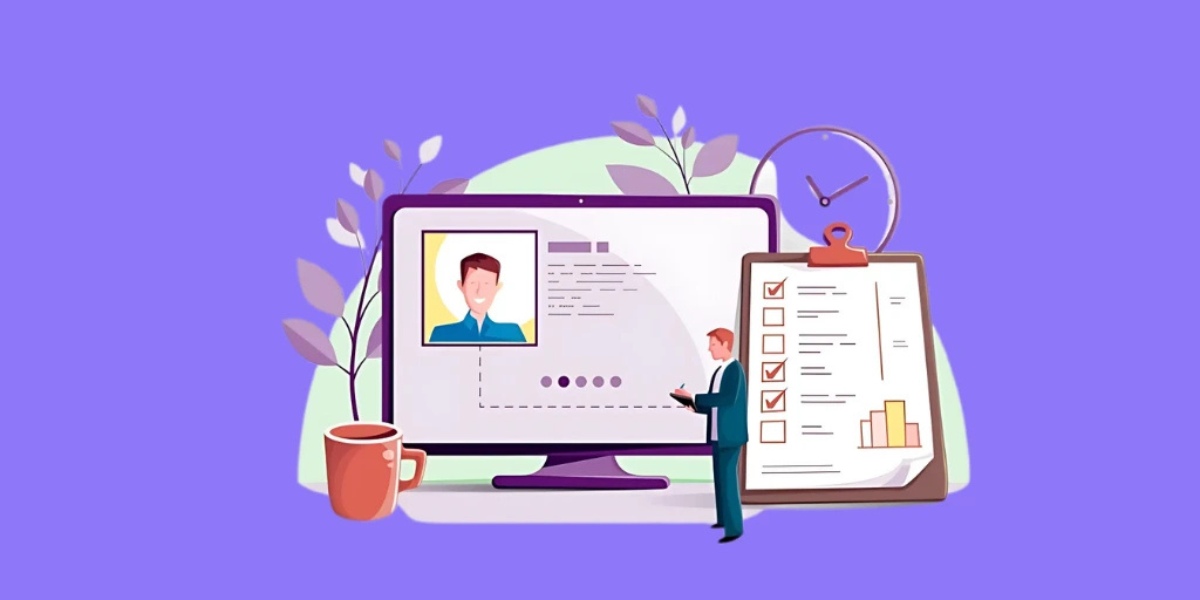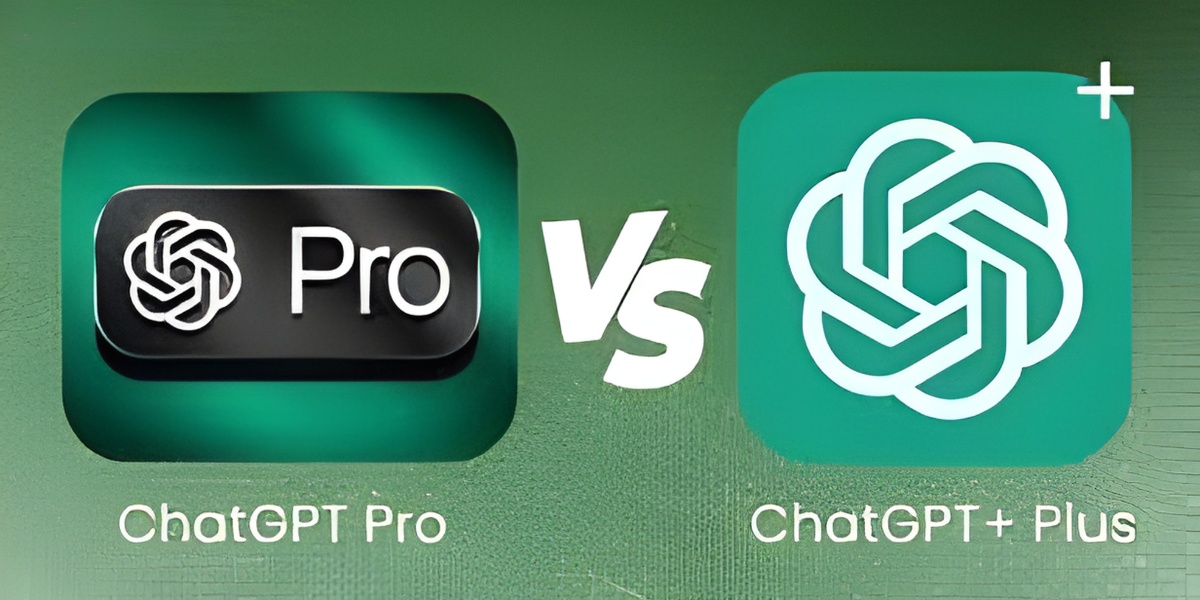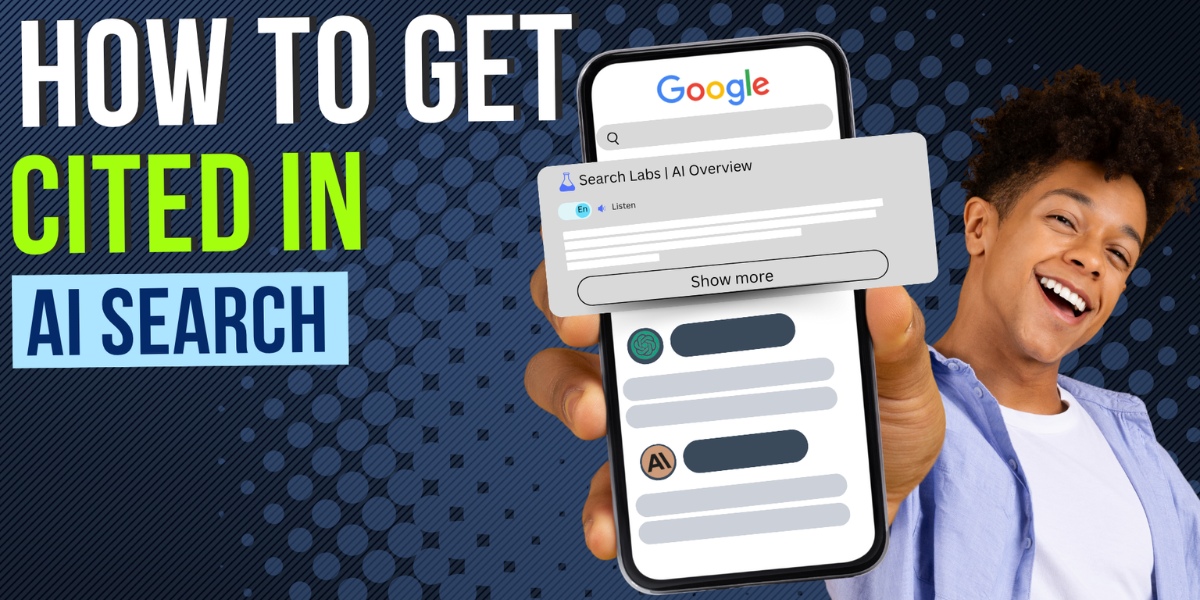In today’s crowded SaaS market, partner programs have become a game-changer for companies aiming to scale smarter.
Think of partnerships as growth hacks—they let you tap into others’ expertise, customer bases, and marketing efforts without reinventing the wheel.
Whether it’s affiliate partners driving quick wins or reseller programs unlocking new markets, the right partnership model creates revenue streams while solving real customer needs.
At VH Info, we’ve seen how strategic alliances boost market reach and credibility, especially when aligned with business goals.
For SaaS teams, it’s not just about selling a product—it’s about building ecosystems where shared resources and joint marketing efforts deliver better results for everyone.
Ready to see how partnerships can transform your SaaS business?
Let’s break down the models that drive success.
What Are SaaS Partnership Models?
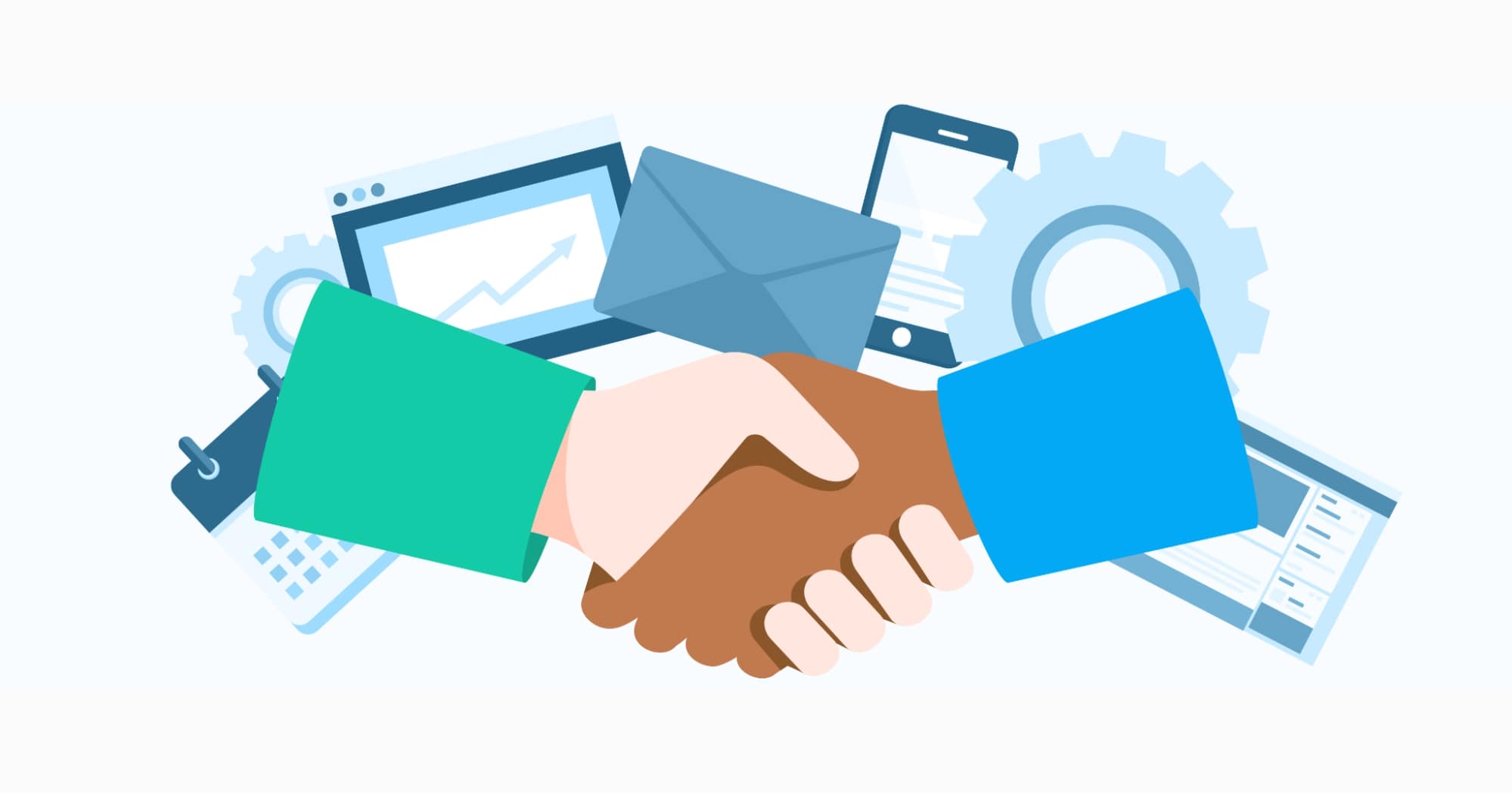
SaaS partnership models define the collaborative relationships between SaaS vendors and their channel partners, outlining how they work together to drive revenue and expand market reach.
These structured frameworks establish the terms of engagement, including responsibilities, revenue sharing arrangements, support systems, and mutual goals.
Unlike traditional business relationships, SaaS partnerships focus on creating long-term alliances that deliver ongoing value to all parties involved.
They formalize how partners will promote, sell, implement, or integrate with the SaaS product, creating clarity that enables both sides to invest confidently in the relationship.
The best SaaS partner programs typically provide partners with various resources and tools, including training materials, marketing collateral, and other resources that help them promote and sell the business’s SaaS products.
The Importance of Partnerships in SaaS Growth

Partnerships have become fundamental to SaaS growth strategies, with 85% of marketing leaders believing partnerships are essential for business growth.
These strategic alliances help overcome common growth challenges by distributing the effort and investment required to enter new markets and acquire customers.
For SaaS businesses facing the inevitable plateau after initial growth, partnerships offer a fresh approach to revitalize expansion.
One day, after your business begins to mature, you will likely encounter a slowdown in your business development initiatives. All of the quick wins have already been accomplished, and easily accessible markets have been won.
At this inflection point, a partner program provides access to established networks and customer bases without the high costs of building these connections independently.
Partnerships also help SaaS companies adapt more quickly to market demands.
Through strategic alliances with complimentary service providers, businesses can rapidly enhance their offerings to meet evolving customer needs without extensive product development cycles.
Types of SaaS Partnership Models

SaaS partnership models help businesses achieve different goals. These can range from direct sales to improving products.
Here are the main types:
Affiliate Partnership Programs
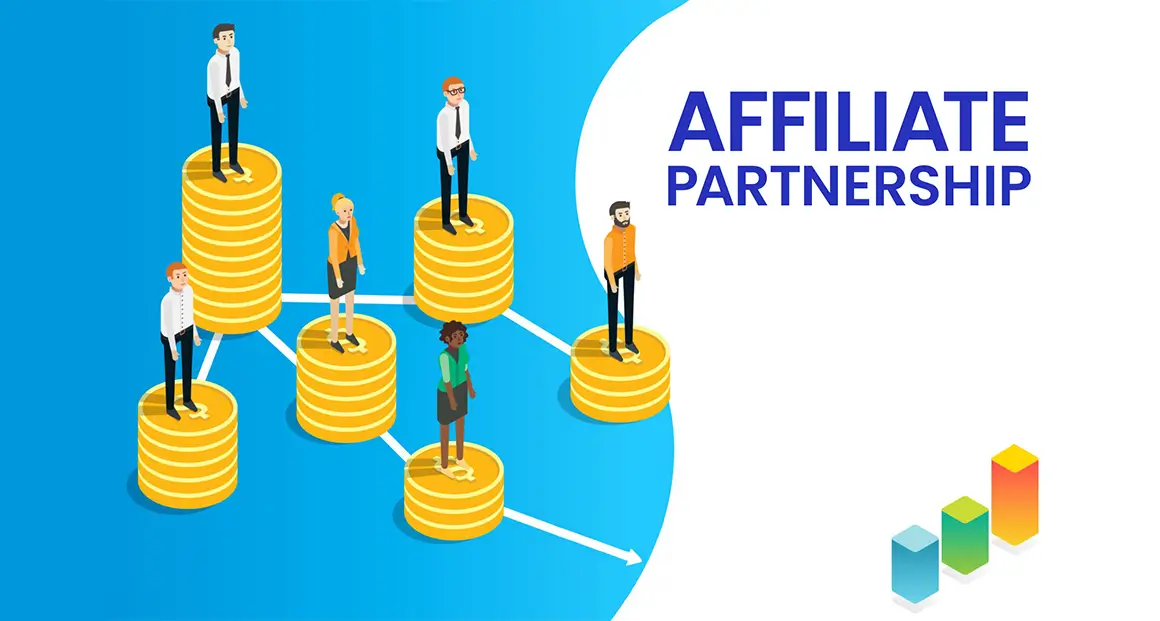
Affiliate partnerships represent one of the most accessible models for SaaS companies to implement.
In this arrangement, affiliate partners promote your SaaS product through their marketing channels and earn commissions for successful referrals or sales. These programs typically operate on a performance-based model, where partners receive compensation only when their marketing efforts generate results. This makes affiliate partnerships a low-risk, high-reward option for SaaS businesses looking to expand their marketing reach without significant upfront investment.
Effective affiliate partnerships use the partner’s established audience and credibility to introduce your SaaS solution to qualified prospects.
By providing partners with marketing materials and sales enablement resources, you enable them to promote your product effectively while maintaining consistent messaging.
Reseller Partnership Programs

Reseller partnerships allow third parties to sell your SaaS product directly to their customers, often bundling it with their services or solutions. Unlike affiliate programs that focus primarily on marketing, reseller partners take a more active role in the sales process and customer relationship.
In a reseller program, partners typically purchase your SaaS product at a discount and then resell it at a markup, creating a revenue stream while providing additional services that complement your solution.
This model works particularly well for SaaS companies looking to reach new customer segments or geographic markets where they lack a direct presence.
Successful reseller partnerships require comprehensive partner training and support to ensure reseller partners can effectively position and sell your product.
Referral Partnership Programs

Referral partnerships focus on using existing business relationships to generate qualified leads. In this model, referral partners introduce your SaaS product to their network and receive compensation when these introductions convert to customers.
Unlike affiliate programs that often rely on digital marketing tactics, referral partnerships typically involve direct, personal recommendations from trusted advisors or service providers.
This personal touch can significantly increase conversion rates, as prospects receive recommendations from sources they already trust.
Effective referral partnership programs make it easy for partners to identify appropriate opportunities and facilitate warm introductions.
Integration Partnership Programs

Integration partnerships connect complementary SaaS solutions, allowing them to work together seamlessly for mutual customers. These technical partnerships create added value by enabling data sharing and workflow optimization across platforms.
For SaaS companies, integration partnerships represent an opportunity to enhance product functionality without extensive internal development.
Successful integration partnerships require clear technical documentation, robust APIs, and ongoing support to ensure integrations remain functional as both platforms evolve.
Technology Partnership Programs

Technology partnerships focus on collaborating with other software companies to develop joint solutions or enhance existing products.
These partnerships often involve deeper technical collaboration than integration partnerships, with both parties contributing resources to product development efforts.
These strategic alliances enable SaaS companies to accelerate innovation by sharing technical expertise and development resources.
Effective technology partnerships require an aligned vision and clear communication channels to coordinate development efforts.
Solution Partner Programs

Solution partner programs bring together service providers who help implement, customize, and optimize your SaaS platform for specific use cases or industries.
These partners combine your technology with their expertise to deliver tailored solutions that address specialized customer needs.
Solution partners often develop deep knowledge of specific industries or business processes, allowing them to translate your SaaS product’s capabilities into concrete business outcomes for clients.
This sector-specific expertise helps overcome adoption barriers and accelerates implementation.
Successful solution partner programs provide comprehensive training and certification opportunities that enable partners to develop specialized expertise.
Benefits Of SaaS Partnership Models

Enhancing the customer experience and reaching new markets are key benefits of SaaS partnerships.
Market Expansion and Reach
Partnerships significantly broaden your market reach by utilizing established networks. Strategic alliances with complementary businesses grant access to new customer segments and geographic areas without the heavy costs of direct expansion.
For SaaS companies with limited marketing budgets, partnerships offer an efficient growth strategy. Partners already serving your target audience can introduce your solution to qualified prospects, speeding up customer acquisition and improving conversion rates.
This expanded reach is especially beneficial in unfamiliar territories. As MP Eisen from Glean observed at Asana, instead of hiring a full-time team in Brazil due to high demand for Portuguese usage, they opted for a channel partnership.
Revenue Growth Opportunities
Partnerships create diverse revenue streams that significantly boost business growth. Industry data shows that partnerships can account for over one-third of a company’s revenue, making them a strategic priority for growth-oriented SaaS firms.
Beyond direct sales, partnerships enhance customer lifetime value through improved retention and expansion opportunities. Partners offering implementation, training, and ongoing support facilitate successful solution adoption, reducing churn and increasing long-term revenue.
Moreover, partnerships enhance sales efficiency by allowing external resources to manage qualified leads, enabling your internal team to concentrate on high-priority opportunities and maximize productivity.
Enhanced Brand Credibility
Strategic partnerships with established companies boost your brand’s credibility through association. When respected organizations endorse your SaaS business, they build trust with potential customers unfamiliar with your brand.
This is especially valuable for newer SaaS companies competing against established providers, as recognized partners lend legitimacy to your solution. Additionally, partnerships enhance market presence through joint marketing efforts, increasing visibility to their audience and expanding brand awareness without extra marketing costs.
Access To New Customer Segments
Partnerships efficiently access hard-to-reach customer segments. Partners with established industry relationships can introduce your solution to qualified prospects, bypassing typical barriers. This targeted approach often outperforms broad marketing campaigns.
By partnering with those who understand specific customer needs, you can position your solution precisely and address key pain points.
For SaaS companies aiming to expand, specialized partners provide insights into segment-specific requirements, helping tailor your product and messaging to new customer types, thereby boosting conversion rates and accelerating growth.
Shared Resources and Expertise
Partnerships enable SaaS companies to access specialized expertise without the need for internal development.
By collaborating with partners who offer complementary skills, you can provide comprehensive solutions without expanding your team or capabilities from scratch. This resource sharing includes marketing, sales, and customer support, allowing for more efficient scaling and enhanced customer experiences.
For smaller SaaS businesses with limited resources, partnerships offer access to capabilities that would otherwise be unattainable, enabling them to compete effectively against larger providers by using their partners’ resources and expertise.
Building A Successful SaaS Partnership Program

Defining Partnership Goals and Metrics
Creating a successful SaaS partner program starts with establishing clear goals aligned with your broader business objectives.
These goals should articulate what you want to achieve through partnerships, whether that’s entering new markets, increasing revenue, enhancing your product offering, or improving customer satisfaction.
Once you’ve established clear objectives, define specific metrics to track progress and measure success. According to partnership experts, it’s important to “Set quantifiable ROI-driven metrics” that demonstrate the concrete business impact of your partnership activities.
Effective partnership metrics might include:
- Partner-influenced revenue growth
- Number of active partners by partner type
- Partner-sourced customer acquisition costs
- Customer retention rates for partner-acquired customers
- Partner satisfaction scores
By establishing these metrics from the outset, you create accountability and provide clear targets that keep both your team and partners focused on delivering measurable results.
Creating Attractive Partner Incentives
Effective partner incentives go beyond simple commission structures to address partners’ broader business goals.
As noted by partnership experts, “Effective partner programs offer more than just money. They open up new markets, improve customer satisfaction, and drive innovation“.
When designing your incentive structure, consider offering:
- Competitive financial rewards aligned with partner effort
- Tiered partnership levels with increasing benefits
- Marketing development funds for joint campaigns
- Sales enablement resources and training
- Recognition programs for top performers
The most effective incentive structures align partner success with your business objectives while addressing each partner type’s specific motivations. By creating this alignment, you ensure partners are motivated to invest in activities that drive mutual growth.
Partner Onboarding and Training
A structured onboarding process helps new partners quickly become productive members of your ecosystem. This process should introduce them to your product, provide sales and marketing resources, and establish clear communication channels for ongoing support.
Comprehensive training is essential for partner success, particularly for complex SaaS products. As partnership growth accelerates, “Getting partners set up and trained is key to a growing program. Create detailed resources to help them succeed. This could include product training, sales tools, and marketing materials”.
Effective training programs should include:
- Product knowledge and positioning
- Sales methodology and objection handling
- Implementation and customer success practices
- Marketing strategies and resource utilization
- Technical support processes
By investing in thorough onboarding and training, you enable partners to effectively represent your solution and deliver value to mutual customers from the very beginning of the relationship.
Providing Marketing and Sales Support
Partners need robust marketing and sales resources to effectively promote your SaaS solution. Providing these resources reduces the friction partners experience when introducing your product to their networks and increases the likelihood they’ll actively promote your offering.
Effective marketing support includes:
- Co-branded marketing materials
- Campaign templates and guides
- Content for email marketing campaigns
- Social media assets and guidelines
- Case studies and success stories
On the sales side, partners benefit from:
- Detailed product comparisons
- Pricing and packaging guidelines
- Proposal templates
- Demo environments and scripts
- ROI calculators and value propositions
By providing these resources, you make it easier for partners to generate interest in your solution and convert that interest into sales, driving mutual growth and strengthening the partnership relationship.
Implementing Effective Communication Channels
Consistent communication is fundamental to successful partnerships. Establishing clear channels for sharing information, addressing issues, and celebrating successes helps maintain alignment and strengthen relationships with your partner network.
Effective communication frameworks include:
- Regular partner newsletters or updates
- Dedicated partner portals or knowledge bases
- Scheduled check-in calls or meetings
- Clear escalation paths for issues or questions
- Feedback mechanisms for continuous improvement
These communication channels should facilitate both one-to-many updates and individual partner interactions.
By creating multiple touchpoints, you ensure critical information reaches your partners while maintaining the personal connections that strengthen partnership commitments.
Managing and Scaling Your Partnership Program

Partner Relationship Management
Effective partner relationship management (PRM) requires a systematic approach to nurturing partner connections. As partnerships mature, the focus shifts from acquisition to development, with emphasis on deepening relationships and maximizing mutual value.
PRM tools have become essential infrastructure for growing partnership programs. “PRM tools are essential for a successful partner network. They help manage how partners interact, track their performance, and automate important tasks“. These platforms centralize partner information, automate routine processes, and provide visibility into partnership health and performance.
Beyond technology, successful PRM requires dedicated human resources focused on partner success. By assigning specific team members to manage key partnerships, you create accountability and ensure partners receive the attention and support they need to succeed.
Performance Tracking and Analytics
Data-driven management is essential for optimizing partnership programs. Tracking key performance metrics helps you gain visibility into what’s working, what needs improvement, and where to focus resources for maximum impact.
Effective partnership analytics should track:
- Revenue attribution by partner and partnership type
- Partner activity levels and engagement
- Lead conversion rates through the sales funnel
- Customer satisfaction with partner-led implementations
- ROI on partner program investments
These insights enable informed decisions about program adjustments, resource allocation, and partner development priorities.
As partnership experts note, “It’s important to track how well your program is doing. Set clear KPIs and check them often. Use data to improve your program and keep growing“.
Optimizing Partner Experience
The partner experience significantly impacts program success. Partners who encounter friction or complexity in working with your company are less likely to actively promote your solution, regardless of the potential financial benefits.
To optimize the partner experience:
- Streamline administrative processes
- Provide self-service access to resources and information
- Offer timely technical support for partner issues
- Recognize and reward partner contributions
- Solicit and act on partner feedback
Scaling Your Program For Growth
As your partnership program matures, thoughtful scaling becomes a priority.
The strategies that work for a small network of partners may not be sustainable as your ecosystem grows, requiring evolution in your approach and infrastructure.
Effective scaling strategies include:
- Implementing tiered partnership levels with appropriate benefits
- Automating routine processes and communications
- Developing specialized resources for different partner types
- Building dedicated partner success teams
- Investing in robust PRM technology
When scaling a partner program, it’s important to “Start small and scale gradually. This lets you adapt and learn what works for your partners and your business“.
This measured approach allows you to refine your program model before significant expansion, avoiding the challenges that come with rapid, unstructured growth.
Successful SaaS Partnership Examples

Many organizations have found great success with their SaaS partnership programs.
Case Study 1: Shipmonk’s Solution Partnership Success
Shipmonk, a third-party logistics provider, has developed a particularly successful partner program in the distribution industry. Their approach focuses on solution and marketplace partnerships that address gaps in their product through strategic alliances.
Key to Shipmonk’s success has been their careful assessment of potential partners’ ideal customer profiles (ICPs) to ensure alignment with their target market and goals.
This selective approach ensures partnerships deliver mutual value and address concrete customer needs.
The company’s partner program was recently recognized with a “Partner of the Year” award by one of their top OMS partners, validating their strategic approach to partnership development.
Their success demonstrates how thoughtfully structured partnerships can drive significant business results when aligned with clear objectives and customer needs.
Case Study 2: Asana’s Geographic Expansion Through Partnerships
Asana, the popular project management platform, successfully used partnerships to expand into new geographic markets without significant direct investment. Their approach demonstrates how partnerships can provide access to regions that might otherwise be inaccessible due to resource constraints.
As MP Eisen, a former Asana team member, explains: “We were seeing a lot of usage in the Portuguese language, Brazil specifically.
But when we asked if it made sense to hire anyone full time in Brazil, the answer was ‘no.’ Rather than create a Brazilian team, we decided to build out a channel partnership instead”.
This strategic approach allowed Asana to capitalize on emerging opportunities in the Brazilian market without establishing a local team or office.
Lessons From Market Leaders
Market-leading SaaS companies consistently demonstrate several best practices in their partnership approaches:
- They develop clear partner value propositions that go beyond financial incentives to address partners’ broader business goals. This comprehensive approach creates stronger alignment and motivation.
- They provide partners with extensive resources and support, making it easy to promote and sell their solutions. As noted by partnership experts, “Providing comprehensive support is important for ecosystem monetization“.
- They establish tiered partnership structures that encourage progression and deeper engagement. These structures create clear paths for partners to increase their involvement and access enhanced benefits as the relationship matures.
- They use technology to streamline partner experiences and track performance. Robust PRM systems enable them to manage complex partner ecosystems efficiently while gathering data to drive continuous improvement.
- They maintain consistent communication through multiple channels, ensuring partners stay informed and engaged with program developments and opportunities.
FAQ’s:
Can Small Businesses Benefit From SaaS Partnerships?
Absolutely! Even small SaaS companies can use partner programs to access new markets and revenue streams without heavy investment. Start with simple models like referral partnerships or affiliate programs that need minimal setup.
These let you tap into partners’ existing networks, boosting your market reach while sharing resources. Focus on strategic alliances that align with your business goals for the best results.
How Do I Choose The Right Type Of SaaS Partnership Model?
Match the partner type to your goals. If you want quick sales, try affiliate partners. For deeper customer relationships, reseller programs or solution partnerships work better.
Assess your product’s complexity: simple tools suit referral programs, while niche solutions need integration partnerships. Always prioritize mutual goals and ensure partners complement your SaaS product’s strengths.
What Compensation Structures Work Best For SaaS Partnerships?
Mix revenue sharing with performance bonuses. For referral partners, offer commissions per lead.
Reseller partners thrive on margin-based pricing, while solution partners may prefer hybrid payouts tied to customer satisfaction. Non-financial perks like marketing support or training resources also boost engagement. Keep it flexible to attract potential partners.
How Long Does It Take To Establish A Successful Partnership Program?
Expect 12–18 months for real traction. The first year focuses on setting up partner onboarding, training, and sales enablement.
Start small—launch with a few strategic partners to refine processes. Quick wins are possible (like earning $1M+ in a year), but scaling requires patience. Track KPIs like partner-influenced revenue to stay on course.
What Resources Do I Need To Manage A SaaS Partnership Program?
Start with a dedicated partner manager, a PRM tool for tracking, and marketing materials like case studies. Provide technical support and sales training to empower partners.
As you grow, invest in partner portals and tiered incentives. Even small teams can succeed by focusing on partner experience and clear communication.
How Do I Measure The ROI Of My Partnership Program?
Compare revenue growth from partners against costs like commissions and tools.
Track customer acquisition via partners, retention rates, and market expansion. Use analytics to spot top-performing partner types and optimize accordingly. Successful programs often deliver 10–25x ROI by combining shared expertise and joint marketing efforts.
Conclusion
SaaS partnership models have become essential components of successful growth strategies for software companies in today’s competitive landscape. By using strategic alliances with complementary businesses, SaaS companies can accelerate market expansion, create new revenue streams, and deliver enhanced value to customers.
The most effective partnership programs align with specific business goals, provide compelling value to partners, and evolve systematically as they mature. Whether through affiliate relationships, reseller networks, referral programs, or more complex collaboration models, partnerships offer efficient paths to growth when structured thoughtfully.
As you develop your own SaaS partner program, focus on creating mutual value, providing comprehensive support, and establishing clear metrics to track success.
At VH Info, we help SaaS companies develop effective marketing strategies that complement their partnership efforts.
Our link building services can enhance your online visibility and authority, making your SaaS platform more attractive to potential partners and customers alike. Contact us today to learn how our specialized SaaS marketing expertise can support your growth objectives.
